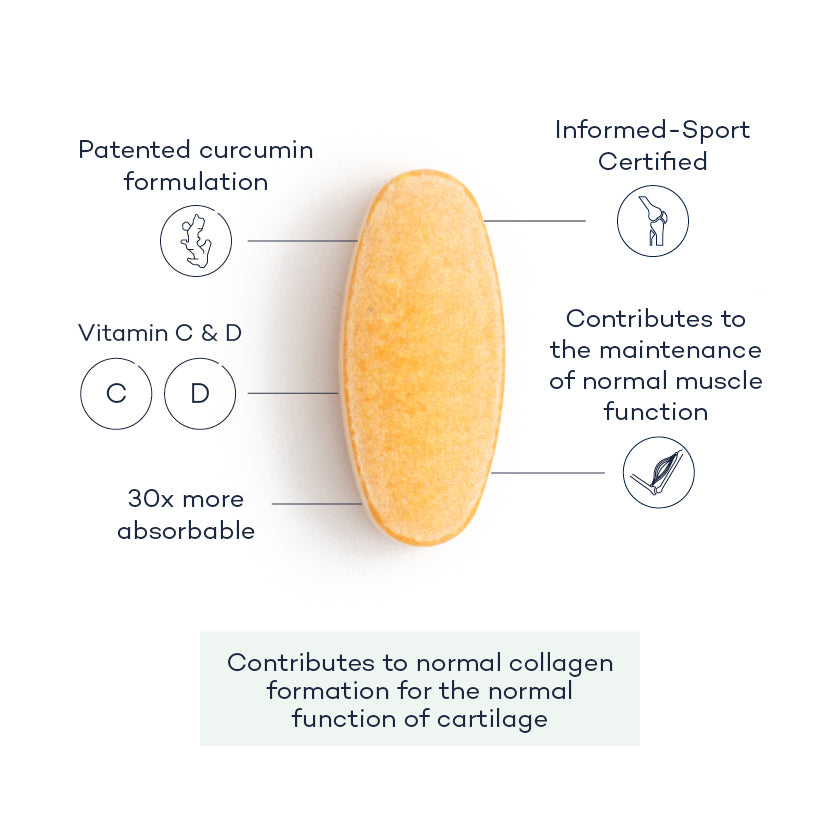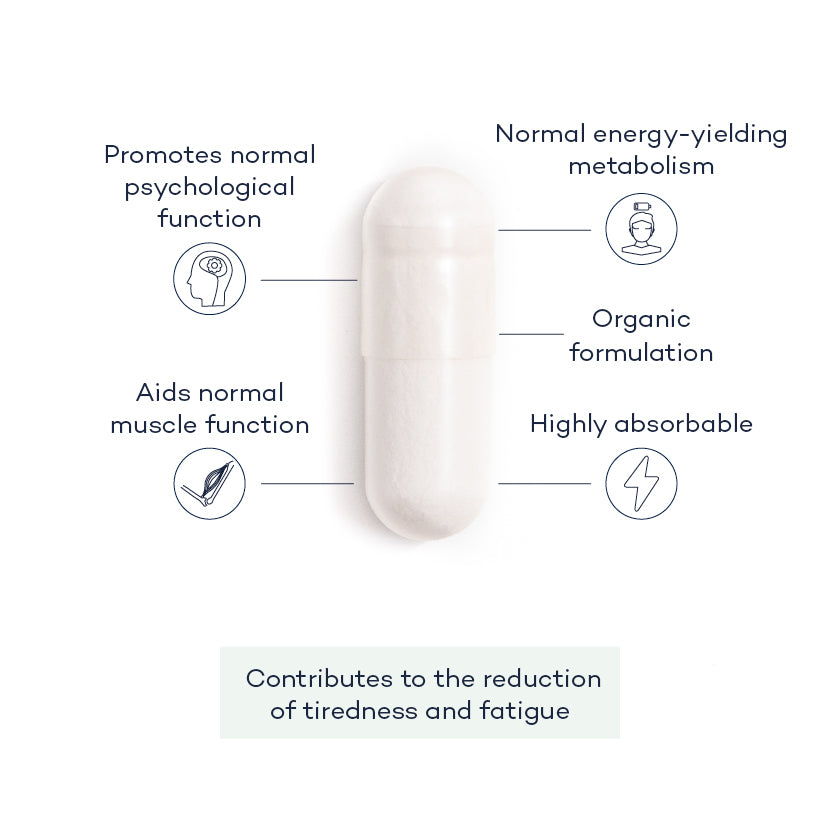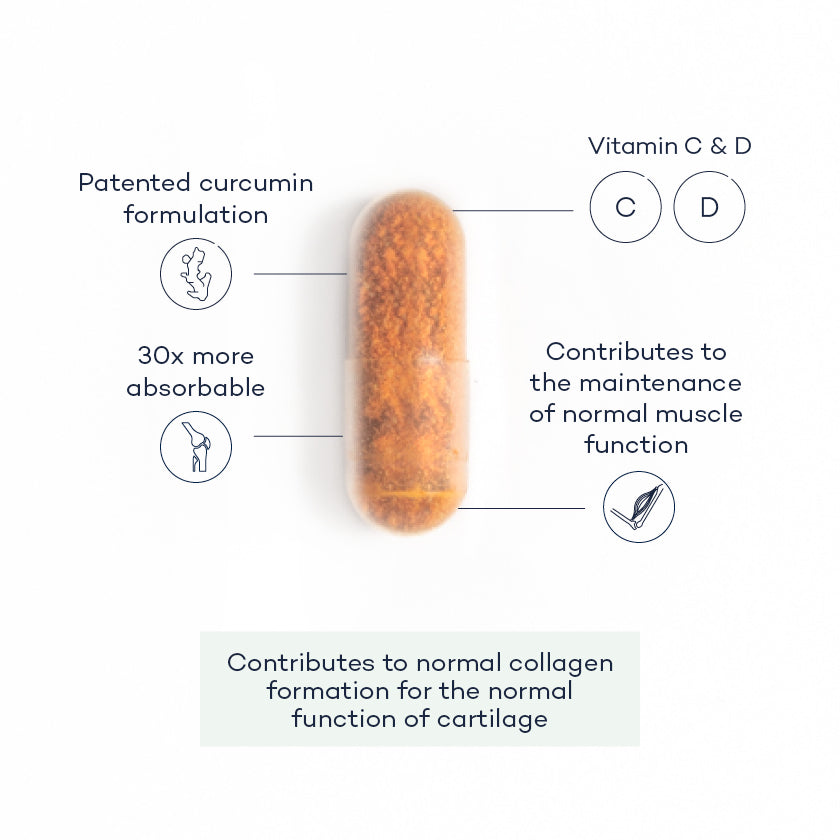Magnesium is an essential mineral for our health. But, sadly, too many of us are just not getting enough from our diets.
Magnesium supplements are a popular solution, but they come in many different formulations, including oxides, lactates, citrates, sulphates and bisglycinates.
Which one is the most suitable for you, and why? Read on and find out.
- What are the different kinds of magnesium available as supplements?
- Which kind is the most suitable for you?
- Can anybody take magnesium supplements?
- Summary
You can find out more about magnesium and why it’s important for our health in Magnesium: Magnesium: The Definitive Guide.
What are the different kinds of magnesium available as supplements?
In foods, the magnesium ion is always combined with other molecules. In food supplements, it comes in the following forms:
- Insoluble inorganic salts, such as magnesium oxide.
- Soluble inorganic salts, such as magnesium sulphate.
- Soluble organic salts, such as magnesium citrate or magnesium lactate.
- Soluble organic complexes, such as magnesium bisglycinate.
The effectiveness of a supplement is related to its ‘bioavailability’ – how easy it is for our bodies to absorb the magnesium. That’s influenced by how soluble it is, which depends on the kind of molecule the magnesium is bound to. In general, the more soluble it is, the more absorbable the magnesium.
Which kind is the most suitable for you?
Magnesium oxide
Magnesium oxide is a kind of inorganic, insoluble magnesium salt and one of the most common magnesium sources used in food supplements, often found in multi-nutrient formulations.
That’s because magnesium oxide is over 50% magnesium, so a small amount can provide you with lots of magnesium.
That sounds good in principle, but a high amount of magnesium can increase the water content in the intestine, which increases the volume of stools and stimulates bowel movements. As a result, magnesium oxide has often been used to help people with long-term or drug-induced constipation. 1
For most of us, however, that’s probably not what we want or expect from our magnesium supplement.
Magnesium oxide also needs to be converted into magnesium chloride in the stomach, with the help of our stomach acid. However, we tend to produce less stomach acid as we get older, or if we’re taking anti-acid medication. This makes it harder to convert the oxide, often leading to feelings of indigestion.
Magnesium lactate
Organic magnesium salts like magnesium lactate are more soluble than inorganic salts, and that makes them more ‘bioavailable’, or more easily absorbed by the body. That means you don’t need to take such a large amount to obtain useful levels of magnesium.
For example, magnesium lactate, where magnesium is bound to lactic acid, has been shown to be at least twice as absorbable than magnesium oxide. It has also better retention than other inorganic salts such as magnesium sulphate 2 3 4 .
Soluble organic salts such as magnesium lactate magnesium lactate also don’t need to be converted by stomach acid. This makes them a more gentle way to top up magnesium levels, and more suitable for people over 50 or those on anti-acid medication.
Magnesium bisglycinate
In plants, magnesium forms complexes with molecules such as amino acids, and this stabilises the magnesium. These soluble organic complexes are called ‘chelates’.
In magnesium bisglycinate, the magnesium ion is bound to two glycine amino acids, mimicking the way magnesium is found in natural sources.
Magnesium bisglycinate is more bioavailable than a salt because it can be absorbed in the gut by another channel exclusive to amino acids. This extra ‘VIP entry’ means that it can enter more quickly and easily into our gut cells 5 .
Amino acid chelates are also more stable molecules, and so have a higher retention 6 . This means that the magnesium stays in our bodies for longer, giving it a greater chance of being used when it’s needed.
Magnesium bisglycinate makes an ideal choice for a supplement as it has higher and quicker absorption than magnesium oxide 6 .
The main backdraw is that it’s a very big molecule, so supplements need a large amount to deliver a useful amount of magnesium, leading to very large or multiple tablets.
Instead, magnesium bisglycinate can be combined with some magnesium oxide in a useful variant called magnesium bisglycinate buffered. This increases the amount of magnesium that gets delivered, and can be beneficial when the body’s magnesium levels are very low.
This combination is also thought to increase the solubility of the magnesium oxide, improving its absorption 7 .
Magnesium bisglycinate buffered formulations have been shown to be up to four times more bioavailable than standard magnesium oxide, making it a convenient and cost-effective supplement.
Can anybody take magnesium supplements?
It’s best to try and get as much magnesium as we can from our daily diets. But that’s not always enough, and magnesium supplements can help us top up.
The NHS recommends a daily intake of 300mg and 270mg of magnesium a day for adult men and women, respectively 8 .
As high doses of magnesium can lead to loose stools or an upset stomach, opt for a more bioavailable supplement, as less magnesium needs to be included for you to get what you need.
The European Food Safety Authority (EFSA) recommends a maximum dose of 250mg of magnesium from food supplements, particularly from magnesium salts 9 .
Magnesium supplements are well tolerated by most people. There are no known contraindications for magnesium supplements, but if you have a medical condition or are taking prescribed medication, you should always consult with your doctor before taking food supplements.
If you’re taking tetracycline or quinolone antibiotics, or biphosphonates (osteoporosis medication), it’s recommended that you take your magnesium supplement at least 2 hours before or 4-6 hours after the medication, to avoid interference with absorption.
Summary
Magnesium supplements can help with topping up magnesium levels if we don’t get enough of this important mineral from our diets.
Bioavailable magnesium supplements such as magnesium lactate and magnesium bisglycinate provide easy-to-absorb magnesium without unpleasant side effects.
References
1.Mori H, Tack J, Suzuki H. Magnesium Oxide in Constipation. Nutrients. 2021 Jan 28;13(2):421.
2.Coudray C, Rambeau M, Feillet-Coudray C, et al. Study of magnesium bioavailability from ten organic and inorganic Mg salts in Mg-depleted rats using a stable isotope approach. Magnes Res. 2005;18(4):215-223.
3.Ranade VV, Somberg JC. Bioavailability and pharmacokinetics of magnesium after administration of magnesium salts to humans. Am J Ther. 2001;8(5):345-357. doi:10.1097/00045391-200109000-00008
4.Firoz M, Graber M. Bioavailability of US commercial magnesium preparations. Magnes Res. 2001;14(4):257-262.
5.Siebrecht, S. (2013) Magnesium Bisglycinate as safe form for mineral supplementation in human nutrition. Int J Orthomol Relat Med, 144, 1–16.
6.Schuette, S. A., Lashner, B. A., & Janghorbani, M. (1994). Bioavailability of magnesium diglycinate vs magnesium oxide in patients with ileal resection. Journal of Parenteral and Enteral Nutrition, 18(5), 430–435.
7.Case DR, Zubieta J, Gonzalez R, Doyle RP Synthesis and Chemical and Biological Evaluation of a Glycine Tripeptide Chelate of Magnesium.. Molecules. 2021;26(9):2419. Published 2021 Apr 21.
8. NHS: Advice on vitamins and minerals
9.EFSA NDA Panel Tolerable upper intake levels for vitamins and minerals. 2006












Leave a comment
All comments are moderated before being published.
This site is protected by hCaptcha and the hCaptcha Privacy Policy and Terms of Service apply.